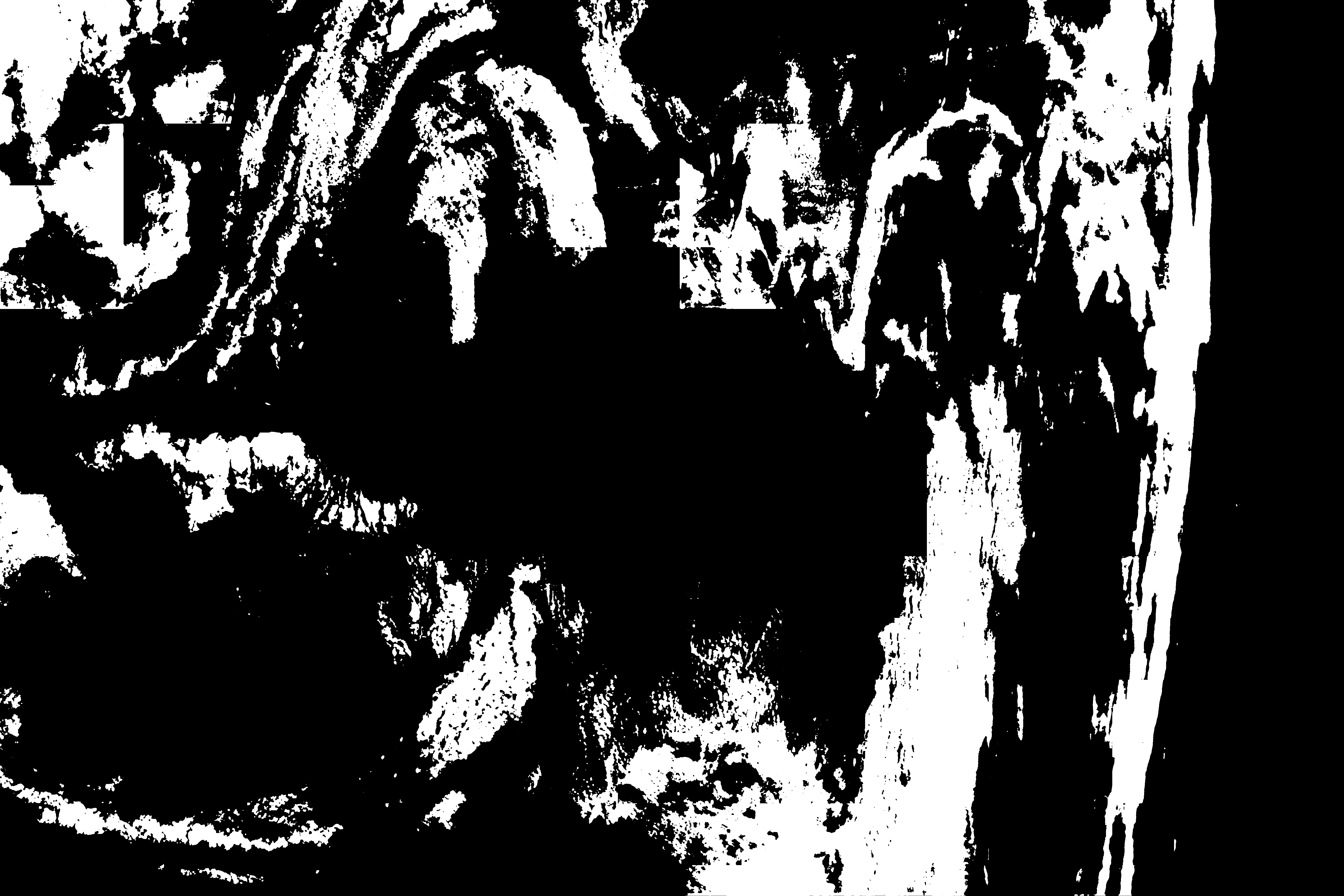ISS062-E-44814
| NASA Photo ID | ISS062-E-44814 |
| Focal Length | 58mm |
| Date taken | 2020.02.21 |
| Time taken | 11:24:30 GMT |
720 x 1080 pixels 640 x 960 pixels 5568 x 3712 pixels 640 x 427 pixels
Country or Geographic Name: | SARDINIA |
Features: | PAN- CORSICA, SUNGLINT, MEDITERRAEAN SEA |
| Features Found Using Machine Learning: | PAN- |
Cloud Cover Percentage: | 25 (11-25)% |
Sun Elevation Angle: | 33° |
Sun Azimuth: | 174° |
Camera: | Nikon D5 Electronic Still Camera |
Focal Length: | 58mm |
Camera Tilt: | High Oblique |
Format: | 5568E: 5568 x 3712 pixel CMOS sensor, 35.9 x 23.9 mm, total pixels: 21.33 million, Nikon FX format |
Film Exposure: | |
| Additional Information | |
| Width | Height | Annotated | Cropped | Purpose | Links |
|---|---|---|---|---|---|
| 720 pixels | 1080 pixels | Yes | Yes | NASA's Earth Observatory web site | Download Image |
| 640 pixels | 960 pixels | Yes | No | NASA's Earth Observatory web site | Download Image |
| 5568 pixels | 3712 pixels | No | No | Download Image | |
| 640 pixels | 427 pixels | No | No | Download Image |
Sunglint reflects off the Mediterranean Sea, highlighting the islands of Corsica and Sardinia in this photo taken as an astronaut was looking south from the International Space Station (ISS). The islands have rugged, mountainous terrain with small lakes that also reflect sunlight.
Clouds are scattered throughout the photo, with some of those over the water aligning with changes in sunglint patterns. That is, the wind is likely blowing in the same direction at the sea surface and where the clouds are. The intensity of sunglint depends on the Sun's angle with respect to the ISS orbit path and the astronaut's point of view. But it also depends upon the smoothness or roughness of the water surface.
This photo shows the brightest sunglint along the eastern coasts of the islands (left sides in this view), where the sea is relatively calm. The high contrast between sunglinted water and land gives clarity to the jagged coastlines of Corsica and Sardinia. Sailors familiar with this area carefully navigate the rocky capes when seeking safe harbors.
Westerly winds funneling between the islands at the Strait of Bonifacio disturb the sea surface and subdue some of the reflective glint off the water. The rough water surface scatters sunlight in many directions, resulting in less light reflected back towards the astronaut's handheld camera.
South of Sardinia, the coasts of Tunisia and Algeria also have the dark, vegetated hue indicative of the Mediterranean climate. Looking farther toward the horizon, the Sahara Desert stretches as far as the eye can see.



